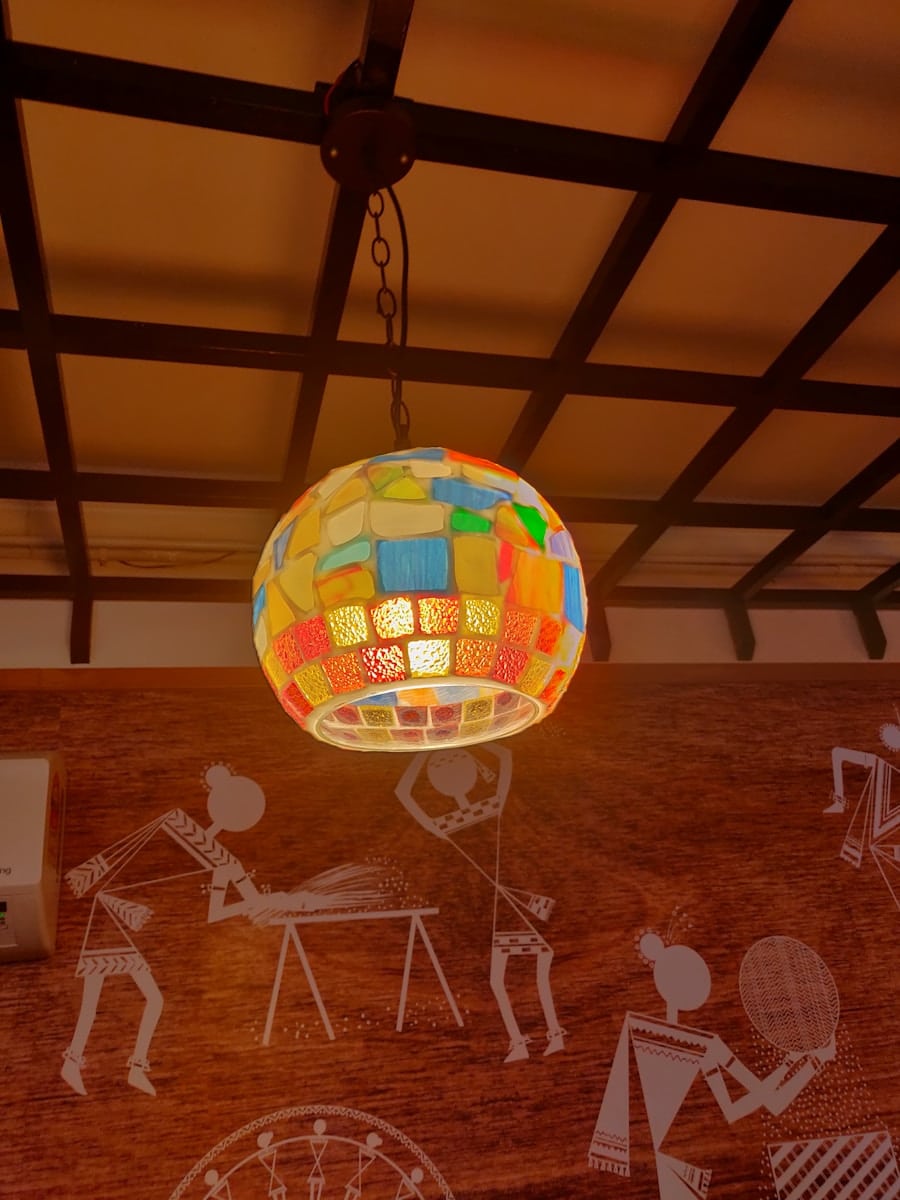Gamification refers to the application of game-design elements and principles in non-game contexts to enhance user engagement, motivation, and participation. In the context of the metaverse, which is a collective virtual shared space created by the convergence of virtually enhanced physical reality and physically persistent virtual reality, gamification takes on a unique dimension. The metaverse is not merely a digital playground; it is an expansive ecosystem where users can interact, socialize, and create.
By integrating gamification into this environment, developers can transform mundane tasks into engaging experiences, encouraging users to explore, learn, and connect in ways that traditional platforms cannot. The essence of gamification in the metaverse lies in its ability to create immersive experiences that resonate with users on multiple levels. Elements such as points, badges, leaderboards, and challenges can be seamlessly woven into the fabric of virtual worlds.
For instance, a user might earn points for attending virtual events, completing quests, or collaborating with others on projects. These rewards not only provide a sense of achievement but also foster a community spirit as users compete or collaborate to reach common goals. The metaverse’s inherent social nature amplifies these effects, making gamification a powerful tool for enhancing user interaction and satisfaction.
Key Takeaways
- Gamification in the metaverse involves using game design elements in non-game contexts to enhance user engagement and experience.
- Gamification has a significant impact on user engagement in the metaverse, leading to increased participation and interaction.
- Strategies for gamification in metaverse projects include incorporating rewards, challenges, and interactive elements to motivate and engage users.
- Gamification can be leveraged to enhance virtual experiences in the metaverse by creating immersive and interactive environments.
- Successful case studies demonstrate the effective implementation of gamification in the metaverse, leading to increased user retention and satisfaction.
The Impact of Gamification on User Engagement
The impact of gamification on user engagement in the metaverse is profound and multifaceted. By incorporating game mechanics into virtual environments, developers can significantly increase the time users spend interacting with their platforms. For example, when users are rewarded for completing tasks or achieving milestones, they are more likely to return to the platform to continue their progress.
This creates a cycle of engagement where users feel compelled to participate regularly, leading to a more vibrant and active community. Moreover, gamification can enhance the quality of user interactions within the metaverse. When users are motivated by rewards and recognition, they are more likely to engage with others, share experiences, and collaborate on projects.
This social interaction is crucial in the metaverse, where community building is often as important as individual achievement. For instance, virtual worlds like Decentraland or Roblox have successfully utilized gamification to create thriving communities where users not only play games but also build relationships and collaborate on creative projects.
Gamification Strategies for Metaverse Projects
Implementing effective gamification strategies in metaverse projects requires a thoughtful approach that considers the unique characteristics of virtual environments. One effective strategy is to create a tiered reward system that encourages users to progress through different levels of engagement. For example, a virtual art gallery could offer users badges for attending exhibitions, participating in workshops, or creating their own art pieces.
Another strategy involves integrating social elements into gamified experiences. By allowing users to form teams or guilds, developers can foster collaboration and competition simultaneously.
For instance, a virtual world could host challenges where teams compete to complete quests or build structures within a limited timeframe. This not only enhances engagement but also cultivates a sense of belonging among users. Additionally, incorporating user-generated content into gamification strategies can further enrich the experience.
Allowing users to create their own challenges or quests can lead to innovative gameplay and increased investment in the virtual environment.
Leveraging Gamification to Enhance Virtual Experiences
Gamification can significantly enhance virtual experiences by making them more interactive and rewarding. One way to leverage this is through immersive storytelling that incorporates game mechanics. For instance, a narrative-driven experience in the metaverse could allow users to make choices that affect the outcome of the story while earning rewards for their decisions.
This not only keeps users engaged but also encourages them to explore different paths and outcomes within the narrative. Additionally, gamification can be used to facilitate learning within the metaverse. Educational platforms can incorporate game elements such as quizzes, challenges, and simulations to make learning more engaging.
For example, a virtual classroom could use gamified assessments where students earn points for completing assignments or participating in discussions. This approach not only motivates students but also creates a more interactive learning environment that fosters collaboration and knowledge sharing among peers.
Case Studies: Successful Implementation of Gamification in the Metaverse
Several notable case studies illustrate the successful implementation of gamification in the metaverse. One prominent example is Fortnite, which has transcended traditional gaming by incorporating social elements and events that engage millions of players worldwide. The game regularly hosts live concerts and events that draw players into its universe, rewarding them with exclusive items and experiences for participation.
This blend of gaming and social interaction exemplifies how gamification can create a vibrant community within a virtual space. Another compelling case study is Roblox, a platform that allows users to create and share their own games. Roblox employs various gamification strategies such as badges, leaderboards, and in-game currency to motivate users to engage with both their own creations and those of others.
The platform’s success lies in its ability to empower users to take an active role in content creation while providing them with incentives to explore and interact with the vast array of games available. This model not only enhances user engagement but also fosters creativity and collaboration among its community members.
Overcoming Challenges in Implementing Gamification in the Metaverse
Despite its potential benefits, implementing gamification in the metaverse comes with its own set of challenges. One significant hurdle is ensuring that gamified elements do not detract from the overall user experience. If rewards become too easy to obtain or if competition leads to negative behavior among users, the intended benefits of gamification can be undermined.
Developers must strike a balance between providing incentives and maintaining a positive environment that encourages collaboration rather than hostility. Another challenge lies in designing gamified experiences that cater to diverse user preferences and motivations. The metaverse attracts a wide range of individuals with varying interests and backgrounds; thus, a one-size-fits-all approach may not be effective.
Developers need to conduct thorough research on their target audience to understand what motivates them and how they prefer to engage with content. By offering customizable experiences that allow users to choose their own paths and rewards, developers can create more inclusive gamified environments that resonate with a broader audience.
The Future of Gamification in the Metaverse
The future of gamification in the metaverse appears promising as technology continues to evolve and reshape how we interact with digital spaces. As virtual reality (VR) and augmented reality (AR) technologies advance, developers will have new tools at their disposal to create even more immersive gamified experiences. For instance, VR could enable users to physically interact with their environment in ways that traditional gaming cannot replicate, enhancing the sense of presence and engagement.
Moreover, as artificial intelligence (AI) becomes more integrated into virtual environments, personalized gamification experiences will become increasingly feasible. AI algorithms can analyze user behavior and preferences to tailor challenges and rewards specifically for each individual. This level of customization could lead to deeper engagement as users feel that their unique motivations are being recognized and catered to within the metaverse.
Tips for Designing Effective Gamification in Metaverse Projects
Designing effective gamification strategies for metaverse projects requires careful consideration of various factors that influence user engagement. First and foremost, it is essential to define clear objectives for what the gamified experience aims to achieve—whether it’s increasing user retention, fostering community interaction, or enhancing learning outcomes. Establishing these goals will guide the design process and help measure success.
Another critical tip is to ensure that rewards are meaningful and aligned with user interests. Instead of generic points or badges, consider offering unique items or experiences that resonate with your audience. For example, if your project targets artists, providing exclusive access to workshops or showcasing their work could be more motivating than simply awarding points.
Additionally, incorporating feedback mechanisms is vital for refining gamified experiences over time. Regularly soliciting input from users about what they enjoy or find frustrating can provide valuable insights for improvement. By remaining adaptable and responsive to user feedback, developers can create dynamic gamified environments that evolve alongside their communities.
In conclusion, gamification holds immense potential for enhancing user engagement within the metaverse by transforming interactions into rewarding experiences. Through thoughtful design strategies and an understanding of user motivations, developers can create immersive environments that foster creativity, collaboration, and community building in this exciting digital frontier.
In a recent article by Enicomp, they reviewed the RankAtom keyword research tool, highlighting its game-changing capabilities for digital marketers. This tool could be a valuable asset for companies looking to enhance their online presence and engagement, especially in metaverse projects. To learn more about this innovative tool, you can check out the RankAtom review on Enicomp’s website.
FAQs
What is gamification?
Gamification is the application of game-design elements and principles in non-game contexts to engage and motivate people to achieve their goals. It involves incorporating game-like features such as points, badges, leaderboards, and rewards into various activities to make them more enjoyable and engaging.
What is the metaverse?
The metaverse is a collective virtual shared space, created by the convergence of virtually enhanced physical reality and physically persistent virtual reality. It is a concept that refers to a collective virtual shared space, created by the convergence of virtually enhanced physical reality and physically persistent virtual reality.
How does gamification drive engagement in metaverse projects?
Gamification can drive engagement in metaverse projects by making the experience more interactive, immersive, and enjoyable for users. By incorporating game-like elements such as challenges, rewards, and social interactions, gamification can motivate users to actively participate in metaverse activities, leading to increased engagement and retention.
What are some examples of gamification in the metaverse?
Examples of gamification in the metaverse include virtual events with interactive games and challenges, virtual currency and rewards for completing tasks or activities, leaderboards to track and compare user performance, and virtual goods and collectibles that can be earned or purchased within the metaverse environment.
What are the benefits of using gamification in metaverse projects?
The benefits of using gamification in metaverse projects include increased user engagement and retention, enhanced motivation and participation, improved learning and skill development, and the creation of a more immersive and enjoyable user experience. Gamification can also help to foster a sense of community and social interaction within the metaverse environment.



